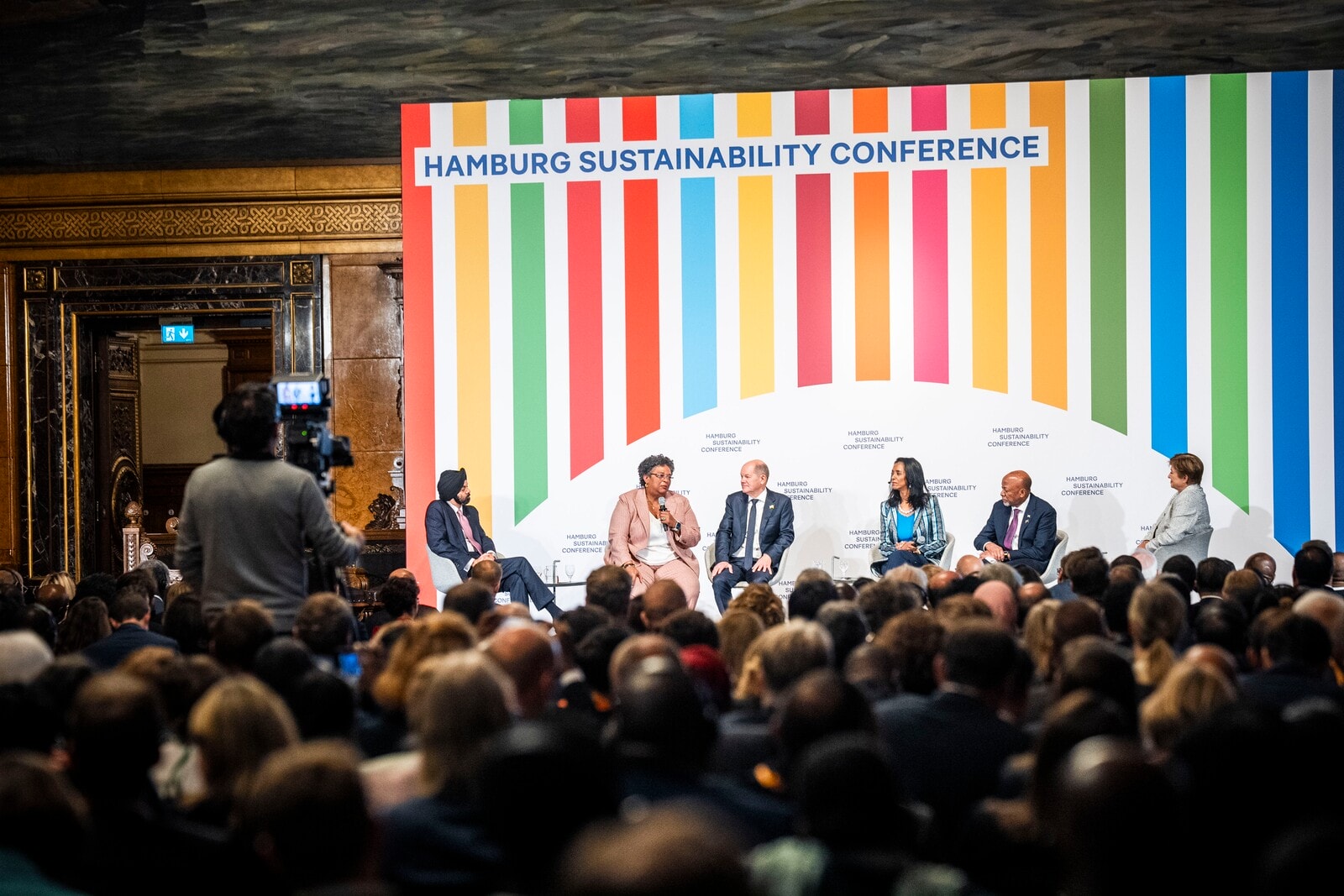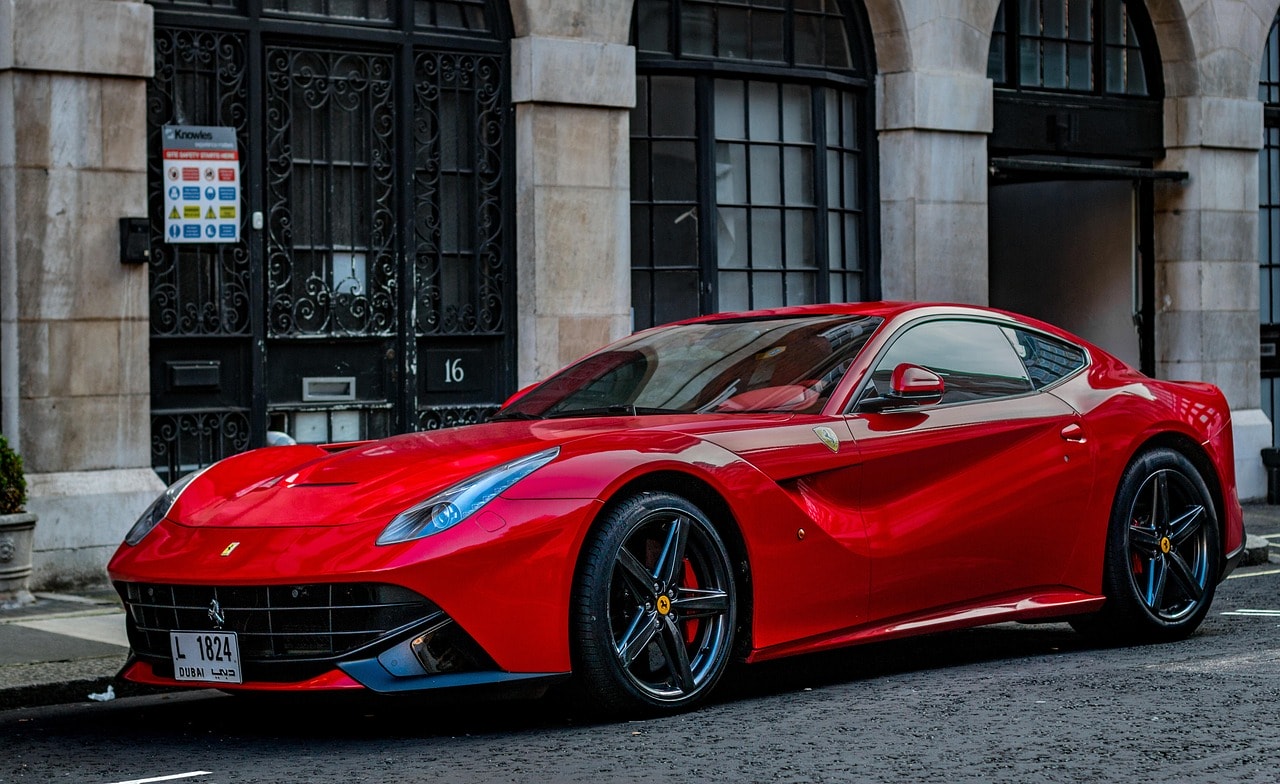Most people use scooters to get from point A to point B. But how about using scooters to help solve our socioeconomic development issues? Perhaps not the most obvious selling point for an emerging startup to market their scooters, but the environmentally friendly branding is proving to be a hit with consumers. The popularity of the scooters was viral to the effect of startups like Bird having had to pay almost nothing in marketing, relying solely on consumers essentially evangelizing their product. With so much traction being gained with just consumer support alone, it is no wonder that it caught the eye of some big-time investors – both Jeff Bezos and Steve Jobs believed in the potential of electric scooters a decade ago – so there must be something good about them, right?
SDG Financial Unicorns
While the most visible support of the Sustainable Development Goals come from public institutions and nonprofits, such as local governments and the United Nations, private investors also see the value in trying to save our planet not just the financial bottom line. It is their trust in emerging technologies and willingness to potentially invest at a loss that allow the SDG financial unicorns to get off the ground. These so-called “unicorns” are ventures that can “…mobilize at least USD $1 billion each for sectors key to meeting the Sustainable Development Goals,” according to the Rockefeller Foundation. Think of it as venture capital, but with a philanthropic twist.
 IN THE PHOTO: One of Bird’s electric Scooters in Baltimore. PHOTO CREDIT: Elvert Barnes via Flickr.
IN THE PHOTO: One of Bird’s electric Scooters in Baltimore. PHOTO CREDIT: Elvert Barnes via Flickr.
Those same investors are the ones who valued the likes of electric scooter startups Bird at $1 billion to start helped them collect over $400 million in private investment. It is not that unusual when you realize that the startup was the brainchild of a former Uber executive, but there is surely more to the allure of electric scooters than just being the latest trend in innovative transportation. It turns out that building sustainable and scalable solutions to achieve the SDGs is predicted to “unlock $12 trillion in new market opportunities by 2030,” so it is no wonder that startups and investors are scrambling to get the first-mover advantage and to be the pioneers in a space that has the potential to massively impact our world in a positive manner and generate profits. It is an alluring win-win possibility that hardly anyone can fault for trying to make a reality.
Healthy Skepticism and Positive Potential
Despite the potential investors are seeing in electric scooters, adoption of the technology has been slow in some areas of the world, and heavily embraced in other parts. San Francisco, the heart of Silicon Valley, surprisingly has been one city of note that outwardly opposed (and still opposes to some degree with high barriers to market entry) the electric scooter craze that has been sweeping international markets across Japan, Taiwan, and Spain.
To some degree, the skepticism towards adopting electric scooters is warranted. After all, how often does the solution to all your transportation problems suddenly appear overnight? One major claim skeptics have is that scooters are not really going to solve our commute problems, and will probably make them worse as the infrastructure to support an essentially new type of vehicle on the cramped metropolitan roads does not yet exist. In practice, this resulted in people using the scooters on sidewalks rather than the roads, causing danger to pedestrians as well as themselves. Such reckless (yet surely unintended) behaviour is what caused major cities like Paris, Madrid, and San Francisco to ban the scooters from sidewalks and enact stricter regulation for the scooters.
While there are fair criticisms towards mass use of electric scooters, there are also notable benefits to having the service be widely provided. Admittedly, it takes a bit of projecting, but estimates show that if electric scooters became a highly preferred method of transportation then “we’re looking at a total amount of 13,700 metric tons of CO2 mitigated by not driving a car. That’s the equivalent of taking 105,000 cars off the roads around the world, each day.” And that prediction is just based off of 500 cities! Imagine what could happen if scooters were brought to even more congested cities — that is the added beauty of a sustainable product that is also highly scalable: the positive returns are also increased.
Besides decreasing carbon emissions, electric scooters also help solve a problem that is not widely discussed, but is most certainly felt by a lot of people — the problem of the “last mile.” The last mile problem is the reality that public transportation does not take us exactly where to go; there is always some distance (usually about a mile) left that people need to figure out how to make up themselves. Electric scooter-sharing services are one sustainable and affordable way to help solve that problem — and many other problems, including how to make cities more sustainable.
 IN THE PHOTO: Electric scooters brings joy to their users. PHOTO CREDIT: Wikimedia.
IN THE PHOTO: Electric scooters brings joy to their users. PHOTO CREDIT: Wikimedia.
Success Story in the Making
It is still early in the deployment phase for electric scooters, and time has yet to tell whether these scooters can really help us achieve the Sustainable Development Goal of clean energy by 2030. However, they show us the potential solution to our sustainability problems may not be starting with the daunting issues like global climate change, but simply with figuring out a new way to get from point A to point B.














